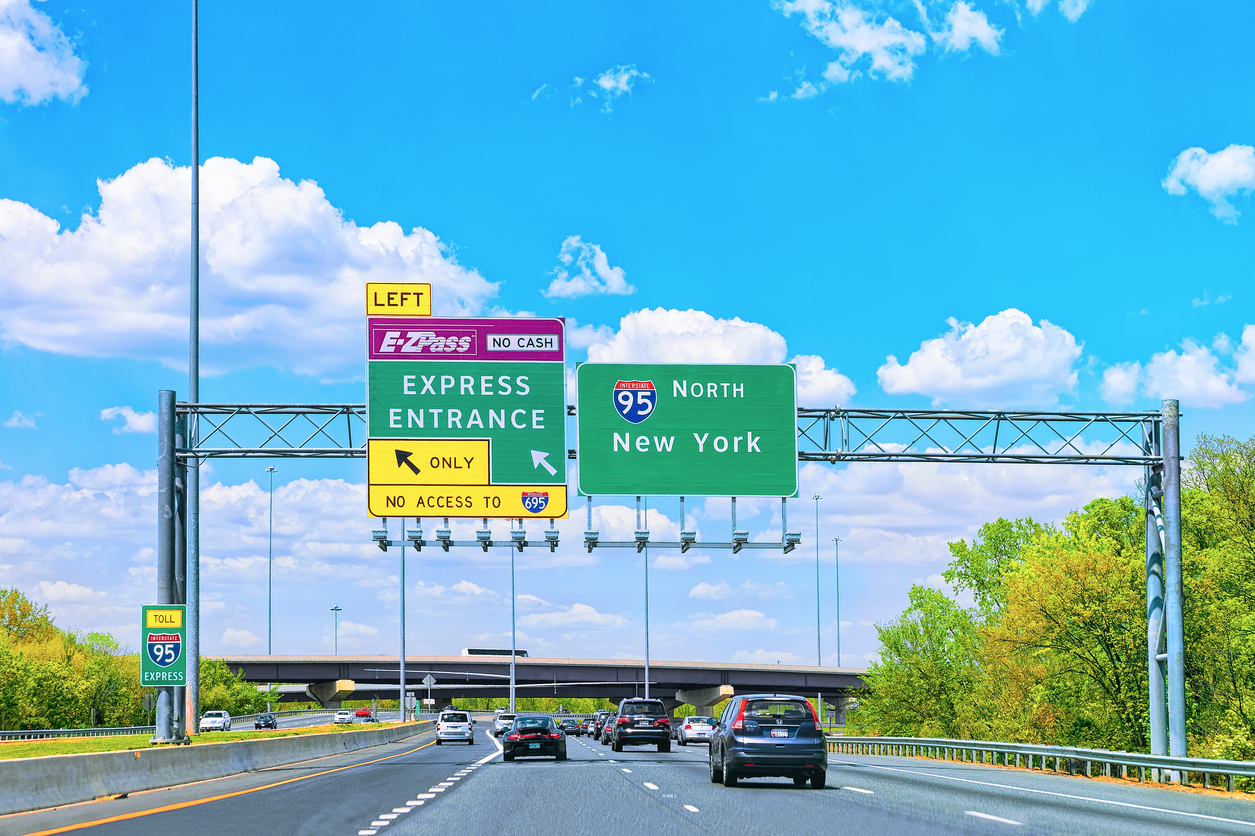
Governor Hogan’s Toll Rollbacks To Save Marylanders $316 Million
At a news conference at the Bay Bridge on Wednesday, Gov. Larry Hogan announced that the Maryland Transportation Authority (MDTA) will permanently eliminate the E-ZPass transponder fee for all new customers. The new plan will put millions of hard-earned dollars back into the pockets of Marylanders and prevent toll bankruptcy for the future toll users.
According to Hogan, eliminating the $7.50 transponder sign-up fee will result in savings of $46 million for Marylanders over the next five years. In addition to $6 million savings in transponder sign-up fees, Maryland drivers would save $40 million in tolls as the transponders provide cheaper rates for traveling toll roads compared to paying cash. In 2015, Hogan had already lowered tolls across the state, resulting in $270 million savings for the users.
Amidst recent criticisms of MDTA’s tolling practices, Hogan’s accomplishment deserves special applause. First, the E-Z Pass fee elimination is a clever move to boost electronic toll payments as Maryland explores a cashless system for its eight toll facilities. With the free E-Z Pass, everybody is expected to want to use the pass instead of paying cash, which will lead to saving commute time for drivers, reducing accidents, and improving air quality.
More importantly, however, the new plan demonstrates the Hogan administration’s continuous commitment reducing toll burden (aka. tax burden) for Marylanders. “Today, we continue moving forward with a commitment to provide relief for Maryland taxpayers by putting an additional $46 million back into the pockets of hardworking middle class families, retirees, and small businesses - and back into our growing economy,” said Governor Hogan.
Just like Maryland’s other taxes, such as income and sales taxes, toll fees and fines have become considerable financial burdens for many Marylanders over the years, especially for the low-income residents. In particular, excessive toll penalties and late fees have led to many Marylanders who are unable to pay, culminating in number of lengthy and expensive court cases to settle such disputes. In 2017, MDTA had billed 2.2 million penalties worth $109.7 million.
Hogan’s new plan is expected to ease these problems, by encouraging more drivers to get a transponder, which will reduce the high toll burden incurred for those who do not have E-ZPass. In addition, as more people use E-ZPass, there will be reduction in the number of fines toll users face when they bypass toll lanes without a transponder.
As Hogan accurately pointed out, replenishing Marylanders of their hard-earned money is the first step to boosting Maryland’s economy. Just like high property taxes have encouraged people to move out of the Baltimore city, reducing the city’s tax base, overburdening Marylanders with highway toll fees and penalties will discourage Marylanders from using the toll lanes in the first place. Punishing Marylanders for using the toll lanes, when they often have no alternative ways to reach their destination, is neither a fair nor productive way to finance Maryland’s transportation projects.
Instead, empowering the middle class families with estimated $316 million ($270 million + $46 million) additional dollars, as Hogan has done, would ultimately enrich Maryland by encouraging Marylanders to spend more, open up businesses, and help expand Maryland’s economy. Increased economic activity will naturally result in more toll users and increased toll revenue. In addition, prosperous Maryland will invite more people to come to Maryland, increasing Maryland’s tax base, and returning the $316 million to the Maryland government in no time.
This is the second time that Governor Hogan announced a toll rollback for Maryland in just three years. Before 2015, there were no toll rollbacks for the last 50 years. Governor Hogan and the MDTA should be lauded for taking another bold step to improve the lives of toll users in Maryland and for advancing Maryland’s competitiveness.





